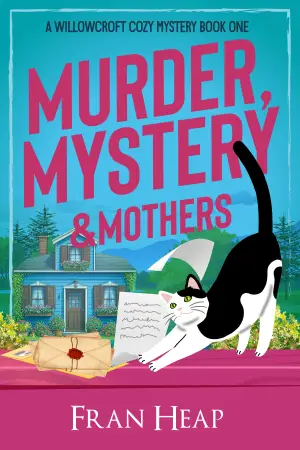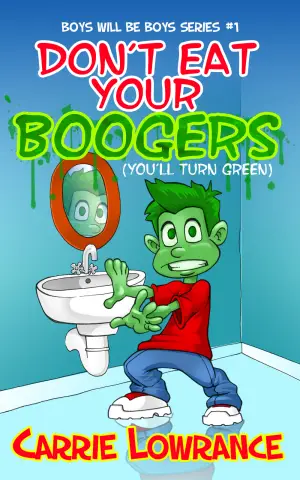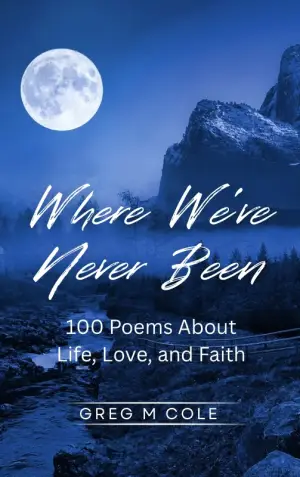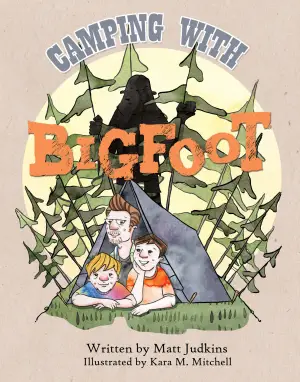A Journey Beyond the Divide: Exploring Cleavage: Men, Women, and the Space Between Us by Jennifer Finney Boylan
Jennifer Finney Boylan’s memoir, Cleavage: Men, Women, and the Space Between Us, initially caught my eye with its intriguing title and the promise of a nuanced exploration of gender. Having followed Boylan’s work since her groundbreaking memoir, She’s Not There, I was eager to see how her reflections had evolved over the years. What I discovered was not just an insightful narrative, but a heartfelt meditation on the fluidity of identity and the connections that bind us together.
At its core, Cleavage serves as a profound exploration of what it means to straddle the line between genders. Boylan’s ability to navigate this personal and societal landscape—with both warmth and humor—is palpable on every page. The title itself is a striking metaphor for her journey: to cleave is to both split and adhere, reflecting the duality of her experiences. This linguistic paradox beautifully encapsulates the complexities of gender and intimacy that Boylan examines throughout her memoir.
One of the most compelling aspects of the book is Boylan’s comparison of her coming out experience in the early 2000s to today’s more charged political climate. When she came out to her evangelical mother, the simple response of "Love will prevail" stands in stark contrast to the heated debates surrounding transgender identities today. This juxtaposition sets the stage for Boylan to share her story as both a personal journey and a broader commentary on the state of gender discourse.
Throughout the memoir, Boylan weaves in anecdotes that range from the hilariously absurd—like her scurvy-inducing college diet—to the deeply emotional, such as watching her wife sing to her post-surgery. Her writing is unflinching yet kind, adorned with moments of vulnerability that invite readers into her world. It’s this blend of humor and honesty that made me smile, laugh, and occasionally choke up as I turned the pages.
Boylan’s observations about the shifting landscape of gender, particularly in relation to her own child’s transition, are also noteworthy. The recognition that her daughter’s experience of gender is markedly different from her own is beautifully rendered. It serves not only as a mirror reflecting Boylan’s journey but also as a testament to the evolving conversation around gender, which is becoming increasingly fluid and expansive.
While Boylan’s insights on gendered experiences are illuminating, I found that the memoir occasionally meandered. Certain anecdotes felt disconnected from the central narrative, leaving me momentarily disoriented. However, these minor flaws are easy to overlook in light of Boylan’s profound wisdom and compassionate insights.
What resonated with me most was her exploration of language and its evolution. Boylan’s reflections on nonbinary identities and the cultural resistance surrounding them reveal her deep understanding of the challenges facing the next generation. Her genuine embrace of this changing landscape showcases her intellectual generosity—a quality I deeply admire.
In conclusion, Cleavage is an important and enriching read for anyone interested in the intricacies of gender identity or seeking a deeper understanding of the human condition. Boylan’s vulnerability, humor, and insight create a space where readers of all backgrounds can find reflections of their own experiences. It’s a poignant reminder that though our journeys may differ, our shared humanity connects us all. This book will resonate particularly with those navigating or curious about the evolving landscapes of gender and identity. As I closed the final page, I was left with a sense of hope, a reminder of the power of connection, and the importance of finding joy—in every body we inhabit.
Discover more about Cleavage: Men, Women, and the Space Between Us on GoodReads >>











